Author: Fynn Migallo
Photos and video: D. Young and Oliver S.
Common name: Hedgpeth’s Sea Hare, Hedgpeth’s Sapsucker
Scientific name: Elysia hedgepethi
Size range: 2 – 5 cm (0.7 – 1.9 inches)
Identifying features The Hedgepeth’s Sea Hare belongs in the order Sacoglossa (sap-sucking slugs). They have a mantle, a foot, viscera, and rolled rhinophores. Like other Sacoglossans, the Hedgpeth’s Sea Hare has no shell, gill chamber, cephalic shield, or eyestalks.
Unlike other Sacoglossans, these species have lateral parapodia flaps along the body, used for movement and may either be carried folded above the body, covering much of the sea slug, or spread out flat, where they look like a leaf. They have a dark green or yellow colouration with small iridescent white and blue spots all over the body.
Habitat Elysia hedgpethi live in intertidal to shallow subtidal environments from southern British Columbia to Northern Mexico. They are found in tidepools or along the pilings of docks. They live near their primary source of food, green algae.
It looks like a leaf and uses photosynthesis for food! The Hedgpeth’s Sea Hare is herbivorous, feeding on the green algae in the Bryopsis and Codium genera. These slugs have a radula with an enlarged tooth that cuts open the algal cells of the green algae so the slug can suck out the insides. Branches of the digestive glands pass through the parapodia flaps. When it sucks out the chloroplasts from the algae they will travel through the digestive glands giving the sea slug their green colouration. The chloroplasts will continue to photosynthesis for 10 days inside the slug’s body.
Life Cycle Elysia hedgpethi lay white egg in string cylinders wound in a counterclockwise spiral. They range from 1-6 mm in diameter. They are often laid on their food source, the green algae of the Codium genus. The larvae are brown or beige in color and turn green over time as they begin eating green algae.
Codium fragile “Dead Man’s Fingers”
A key food source of Hedgpeth’s Sea Hare in the Pacific Northwest
References
Andy, L. Bernard, P. Hanby (2005) Marine Life of the Pacific Northwest: A Photographic Encyclopedia of Invertebrates, Seaweeds and Selected Fishes. Madeira Park British Columbia: Harbour Publishing
Dave, C. (2006). Elysia Hedgpethi Marcus, 1961. Invertebrates of the Salish Sea. Retrieved December 6, 2022 from https://inverts.wallawalla.edu/Mollusca/Gastropoda/Opisthobranchia/Order_Sacoglossa/Elysia_hedgpethi.html
Donna, P. (November 12, 2017). ELysia Hedgpethi sa-sucking slug. Reeflex. Retrieved December 7, 2022 from https://www.reeflex.net/tiere/9515_Elysia_hedgpethi.htm
Kelly, B. (December 2021) Field journal: The Sapsucker Slug. Kelly Brenner. Retrieved December 7, 20022 from https://www.metrofieldguide.com/field-journal-the-sapsucker-slug/
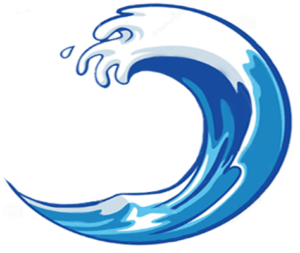
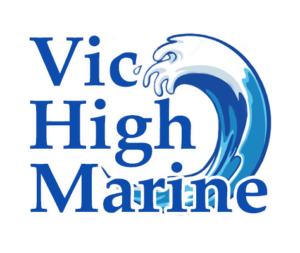
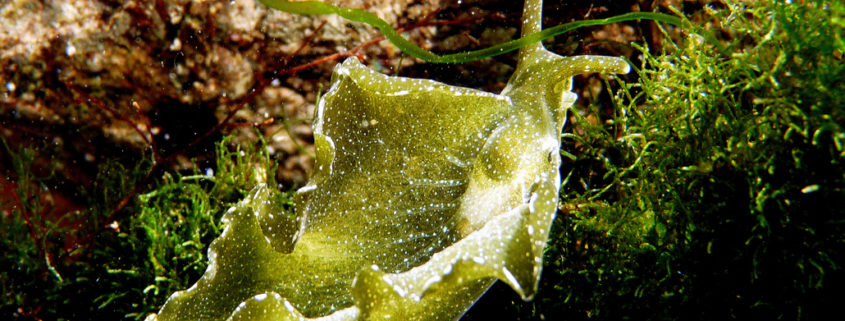
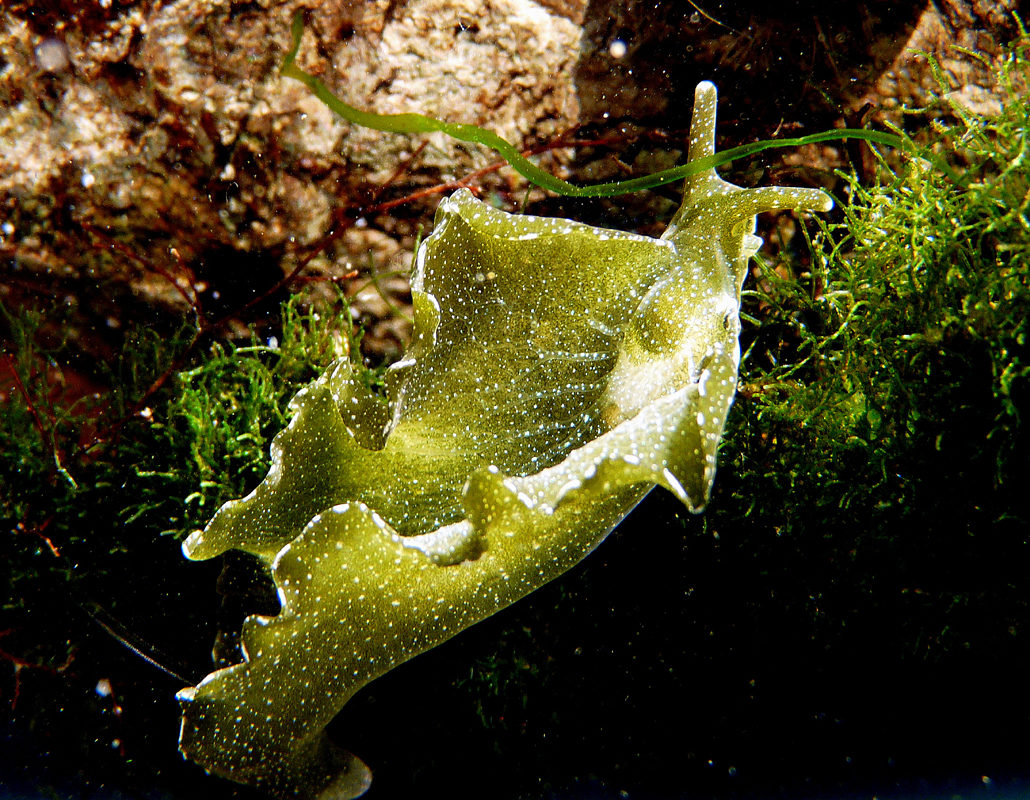
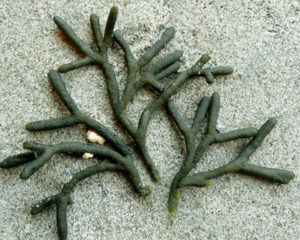


Leave a Reply
Want to join the discussion?Feel free to contribute!